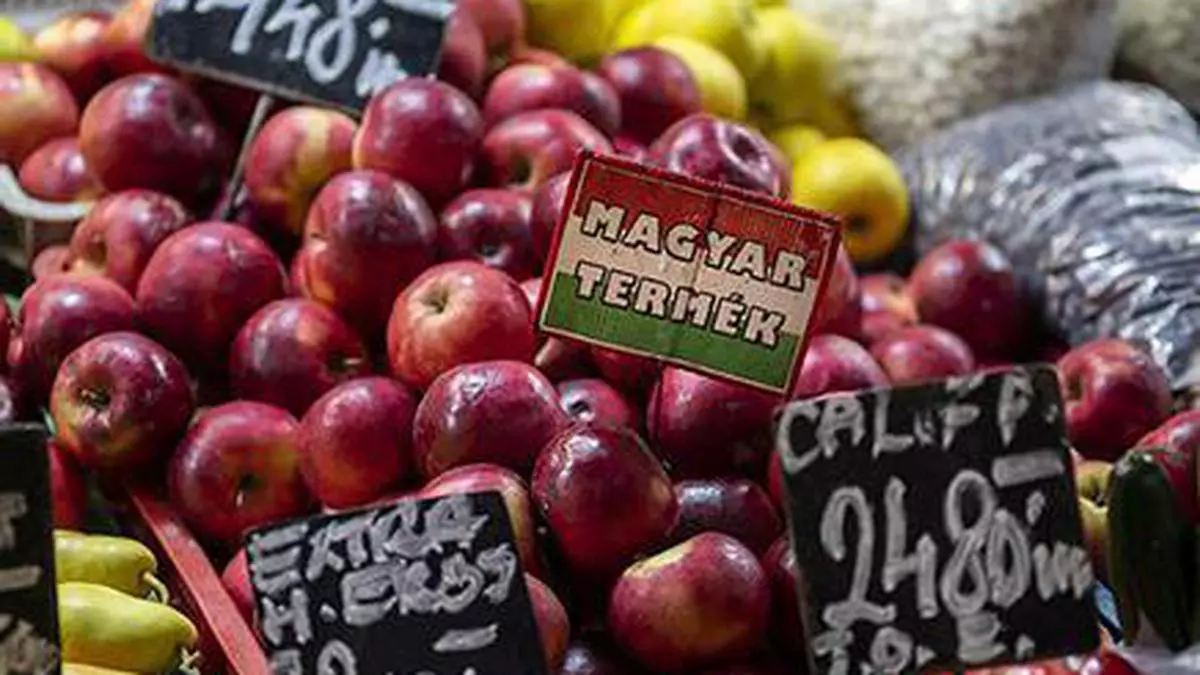Digital innovation and crop health solutions paramount to boost fruit productivity
Over half of the world’s bananas, mangoes, guavas, and papayas are grown on Indian farmlands. Due to favourable and diverse agro-climatic conditions, the country is the second-largest producer of fruits, after China. However, the country exports a mere one per cent of its fruit production to the world, failing to capitalise on its potential in fruit crops for over a decade now.
In India, the stark imbalance in fruit production and export exists due to multiple challenges. Environmental concerns such as climate change and soil infertility threaten crop productivity. Additionally, there is a high post-harvest loss and decay due to large gaps in post-harvest management and supply chain infrastructure. In this regard, mainstreaming digital innovations can accelerate productivity in the sector.
Unlocking multiple benefits with digital innovation for fruit crops
Agtech innovations have been at an all-time high since the pandemic. Today, we have a basket of digital tools that can redefine every step of the agricultural value chain – right from analysing the soil, understanding weather patterns, minimising water usage, and efficiently storing and transporting agricultural produce. In fact, over 1,000 agritech startups were launched in 2020 and this number is expected to have increased to over 2,000 startups in 2023.
State-of-the-art technologies such as Artificial Intelligence (AI), Internet of Things (IoT), Machine Learning (ML), and cloud computing are enabling new kinds of farming such as vertical farming, precision farming and so on. Science-backed methods have put farmers in the driver’s seat with respect to the optimal quantity of crop nutrition needed, location, and timing.
The Government of India is creating a level playing field by making available drone technology through financial assistance/rental programmes for Farmer Producers Organisations (FPOs) and individual farmers and allocating more than ₹50 crore for large-scale demonstrations of drone technology. Moreover, private players have been at the forefront of expanding the farmers’ digital toolbox. For instance, we have recently released a hyperlocal weather forecast app that gives up-to-date forecasting for fields in real time. Designed specifically for the smallholder ecosystem – the majority of India’s farmlands – it is an invaluable tool for farmers in adapting to the challenges posed by climate change and extreme weather events such as heatwaves, drought, and heavy rainfalls.
However, when compared to other agrarian nations, India has been slow in adopting digital practices in the sector – half of Indian farmers today lack basic equipment, and three of every four farms are at risk of crop damage from pests and weather. While digital innovations are increasingly available in India, the ground reality is that a mere one per cent of farmers are utilising agritech tools today. Hence, it is an absolute necessity to mainstream digital practices in Indian farms and work towards its mass adoption. This will double farm output and increase our prospects for fruit exports.
Moreover, the average yields of fruits such as papaya, banana, and grapes are 8-10 times higher than that of agronomic crops. When supported by pre- and post-harvest infrastructure that is backed by technology, fruit crops will see better quality in terms of size, colour, flavour, and nutritional content, not to mention a longer shelf life and less post-harvest decay.
Increasing fruit productivity: A step towards realising SDGs
There is another very important reason to put our resources behind enhancing fruit productivity in the country. India is grappling with an invisible, silent health concern: hidden hunger, a form of undernutrition that occurs when intake and absorption of vitamins and minerals such as zinc, iodine, and iron are too low to sustain good health. This micronutrient deficiency can cause a lifelong loss of productivity and potential. A possible solution to increase the nutritional and health security of people lies in the consumption of fruits. Generally referred to as ‘protective foods”, fruits are a rich source of vitamins, minerals, carbohydrates, and micronutrients. If the sector leverages digital innovation, increased fruit productivity will directly contribute to several SDGs, particularly zero hunger and responsible consumption and production.
The time is ripe to invest in educating farmers on world-class infrastructure and tech-enabled modern farming practices. Through robust public-private and academic initiatives, the industry can ensure we reach grassroots levels. For example, in 2016-17, 50 grape growers from Maharashtra got an opportunity to visit a fruit orchard in South Africa, where they received practical learning experiences on the field. The farmers witnessed first-hand the complexities of fruit production, and challenges faced and learnt how to mitigate the impacts of climate change and other extreme weather events. Helping our farmers improve the productivity and marketability of our fruits is the only way forward to address the dual needs of a burgeoning population and the country’s unrealised fruit export potential.
The author is managing director at Yara South Asia
